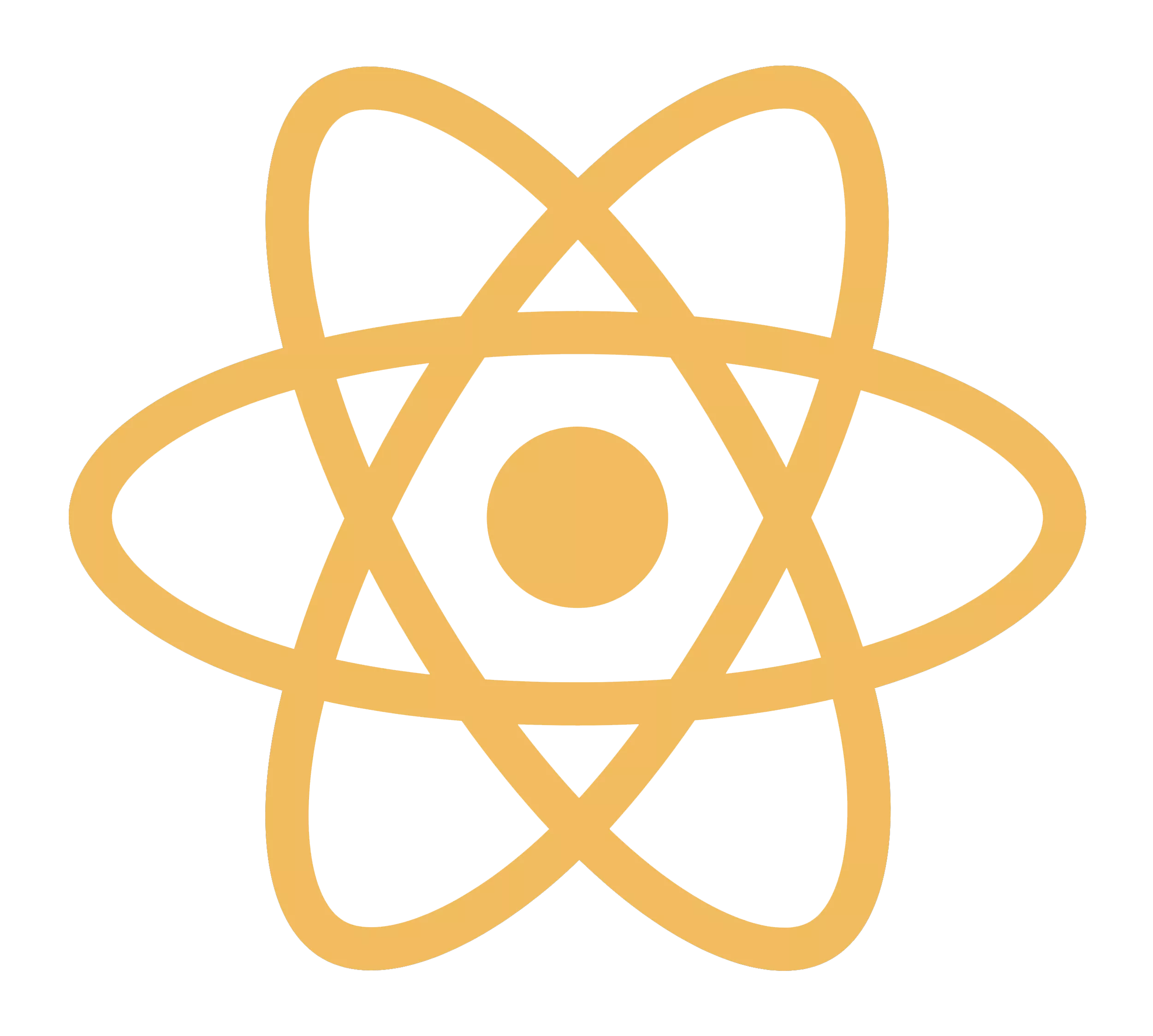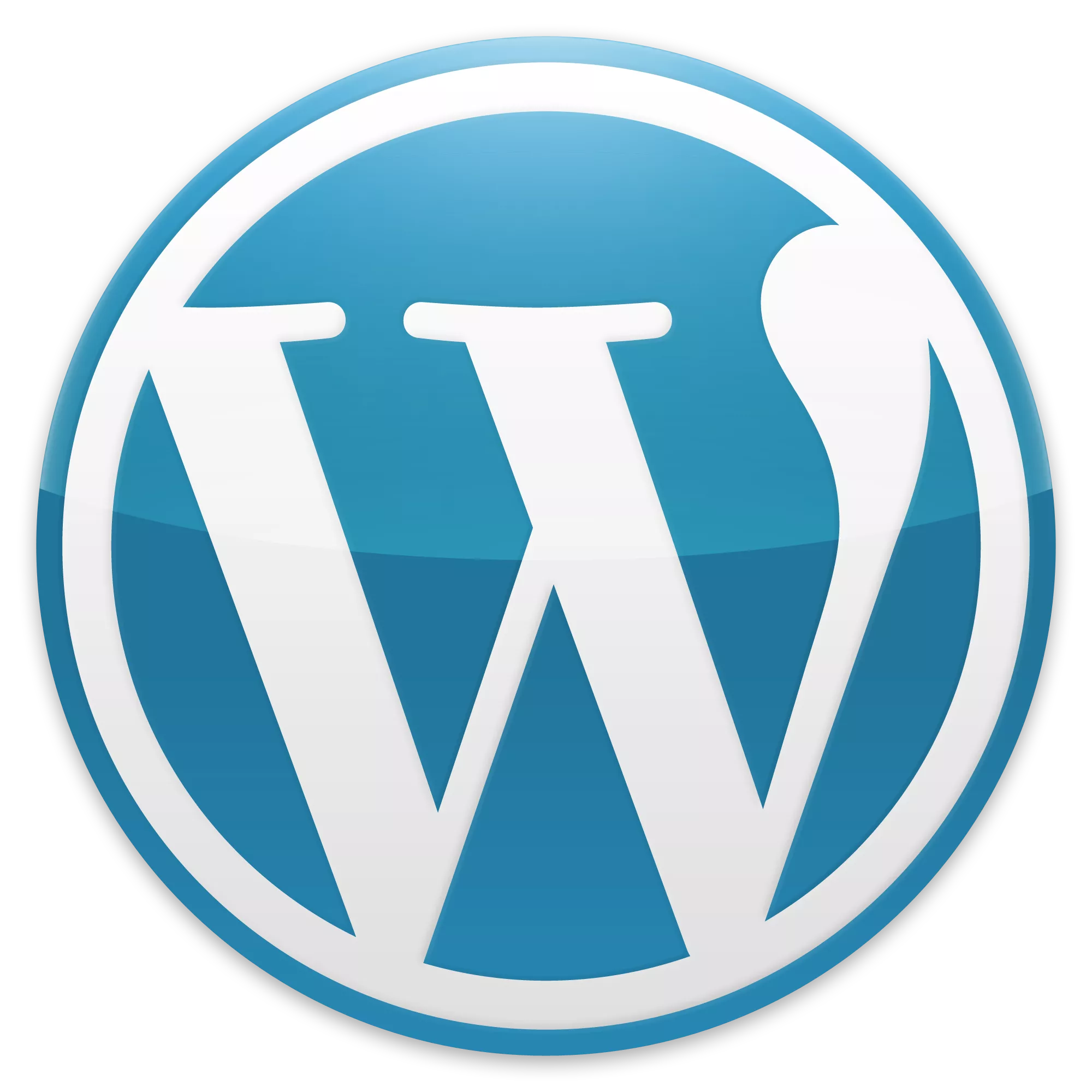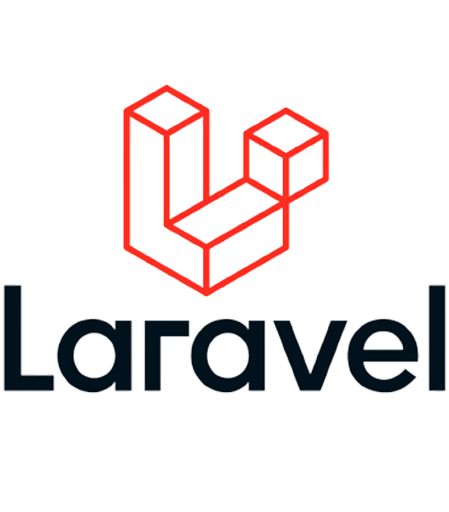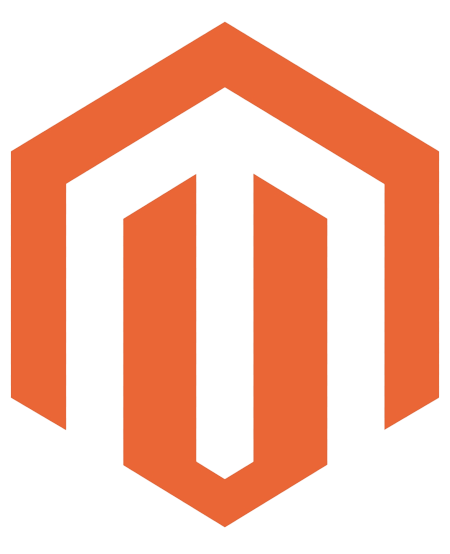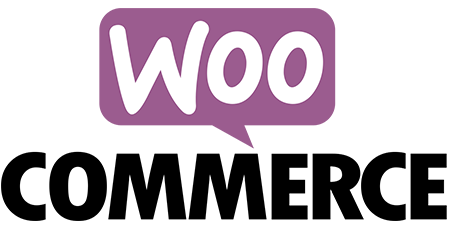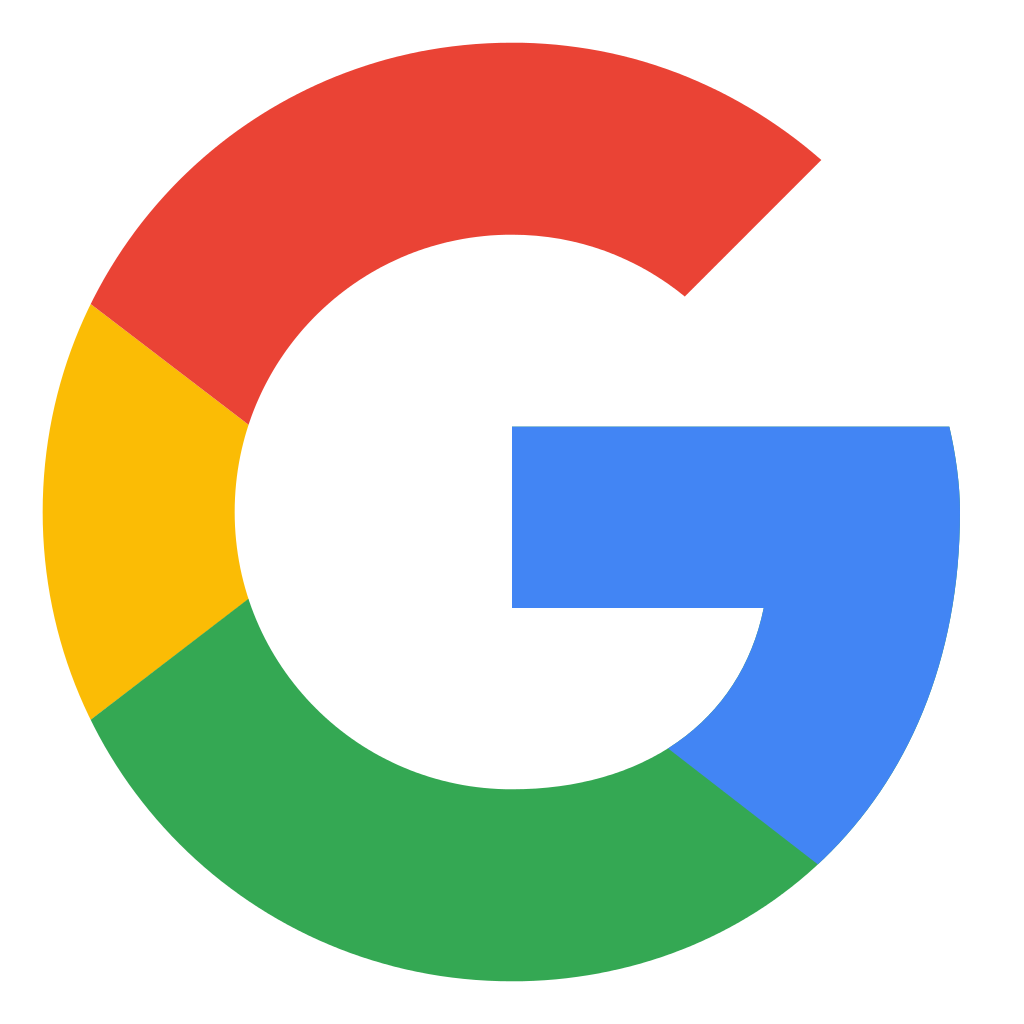Web development has been one of the most discussed topics since last few years. Due to its various applications in almost every field, including education, finance, marketing or entertainment, massive research has been done in the advancement of this field. Along with the technologies such as HTML, CSS, JavaScript, PHP, ASP.NET etc, newer technologies and frameworks are being used extensively to make the websites more powerful and interactive. JQuery is one of the prominent members of these new technologies.
What is JQuery?
JQuery is an open source JavaScript library, primarily used to make HTML web pages more interactive. It was developed by John Resig in 2005. After being released in 2006, JQuery became very popular due to its simplicity and interactivity.
Significance and the usages of JQuery
As a standard JavaScript library, JQuery simplifies client side scripting by the use of built in functions. Basically these functions are nothing but a collection of modified JavaScript methods with added functionality. With the help of these in-built functions, web developers can easily manipulate HTML and CSS, navigate a document, create animations, handle events, and also develop Ajax applications. This technology also solves some cross browsers issues by adding an extra layer of abstraction on the DOM (Document Object Model) API. This abstraction allows the developers to ignore low level interaction. Thus the programmers need not to worry about specific syntax for different browsers and they can concentrate in creating high end animations and theme-based advanced effects. Though JQuery is used for replacing some massive code of JavaScript, it’s not a replacement for JavaScript. It is only used to add functionality to the DOM scripting.
Other innovative usages of JQuery
Aside from creating interactive dynamic web pages, JQuery is used to make plug-ins for many web-based applications. Due to its simplified architecture, developers can create this plug-ins in a very easy way. These plug-ins are used to cover an array of functional areas, such as – XML, XSLT tools, Ajax helpers, web services, dynamic lists, data grids, cookie handling, events, drag and drop, modal windows and even creating emulator(such as Commodore 64). This plug-ins has given the web development a new dimension as they can be reused again and again without writing extra code. Also they are used to solve compatibility issues for two different applications. This practice has saved a lot of resources.
Licensing and other technical traits
JQuery comes under the license of MIT license or GNU General Public license. Being a free and open source technology, JQuery is easily available which leads to its extensive application. As of today, billions of web pages use JQuery for scripting. According to a survey, overall 26.95 % of all websites (which includes 55% of most popular websites) uses JQuery as their scripting language. Most of the current web browsers such as Internet Explorer, Mozilla Firefox, Safari, Google Chrome and Opera support JQuery. Some of the pioneer companies such as Google, Microsoft, Mozilla, IBM, Amazon, Intel, HP, DJango etc practice the use of JQuery in their products and research. All these facts prove the increasing popularity of JQuery in web development. Due to its simplified structure, easy application and endless possibility, JQuery has become the most popular JavaScript library in the world.




